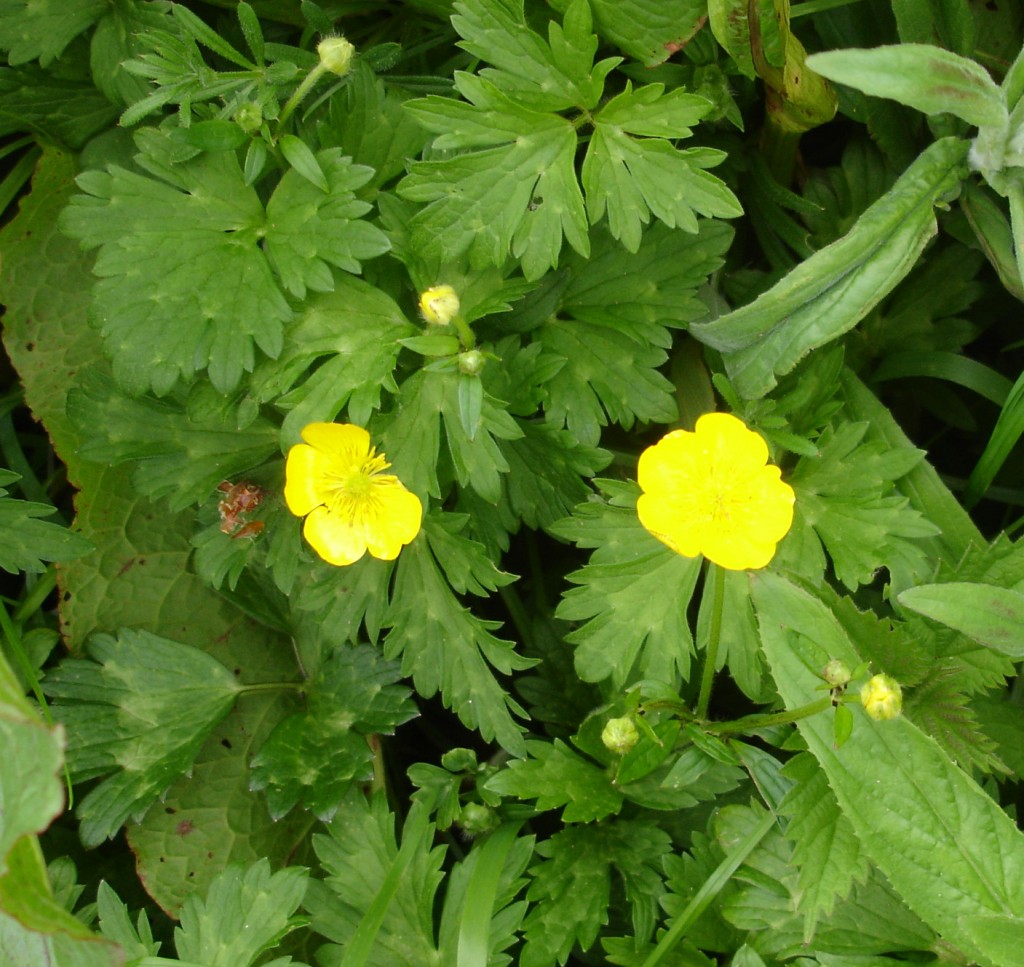

If ingested by cattle, symptoms such as excessive salivation, blistering of the mucous membrane, bloodied diarrhea, and other gastrointestinal issues can manifest themselves.Īll of the species within the genus are toxic when they are consumed fresh. Cattle will not typically eat Buttercups, doing so only if the field they are in is overgrazed and lacking in other forms of edible plant material. While some erroneously believe that buttercups are used to give butter its yellow coloration, this isn’t true.īuttercups are somewhat toxic to livestock such as cattle, and for this reason, buttercups are often considered harmful weeds by livestock owners. The name may have come from the fact that many Buttercup species grow along the banks of bodies of water. The name of the Ranunculus genus comes from Latin, being a derivative of the word “rana”. Let’s examine some more facts about the Buttercup flower, or Ranunculus genus, as well as take a look at some examples of flowers within this genus. While buttercup flowers typically bloom during the spring months, they can often be found into the summer. This reflective surface causes a flashing when in the sun that helps regulate the temperature of the flower as well as attract pollinating insects. In addition, because of the coloration mechanism of the petals, the upper surface of the petal frequently has a mirrorlike sheen. The petals of plants within the Ranunculus genus are frequently quite bright in coloration, often a visible bright yellow. However, some people will use the term Buttercup to refer to all flowers of this genus. Other types of flowers found within the genus include those referred to as water Crowfoots and spearworts. Once you’ve killed your buttercups, be sure to use good pasture management practices to grow a healthy grass crop to replace the buttercup and prevent weeds from returning.Buttercup flowers are species of plants found within the genus Ranunculus. Spray when plant is blooming and keep horses off the pasture and away from any sprayed areas until long after the product recommended waiting period has been fulfilled. The herbicide MCPA has been known to be effective. If you’ve got an unhealthy pasture and quite a bit of buttercup, chemical control might be your only real option.

You can dig out small sections, but be careful not to segment the roots as this can encourage growth.

To battle buttercup without chemicals, outcompeting it with a healthy grass crop, maintaining good soil drainage, and applying lime can help since it prefers damp, acidic soil. Mowing it will have no effect or increase its vigor. It is very hard to get rid of due to quick vegetative regrowth and a long-living seed bank. If you suspect your horse is consuming buttercup in her field or is displaying these symptoms, contact your vet and explain that she may have been eating buttercup. It can cause colic, diarrhea, and other gastric issues. Symptoms include salivation and blisters in the mouth or intestine. The entire live plant is toxic but the toxin loses potency once cut or dried in hay. It does well in poorly drained soil and can grow in shade or sunlight. It grows to about 12” talk on long creeping stems with toothy leaves. Without healthy grass to eat, some horses might be tempted to try is out of desperation, and in rare cases some even develop a craving for it.īuttercup is characterized by small bright yellow flowers with five petals each. However, buttercup can be quite prevalent in overgrazed pastures. This week, our friends at Lighthoof introduce us to buttercup, a toxic weed.īuttercup, famous for determining whether someone likes butter by casting a yellow glow when held to one’s chin, is on the list of weeds that are toxic to horses.įortunately, quite a large amount has to be consumed before severe toxicity occurs and it is quite bitter and unpleasant to eat. As spring slowly creeps over the northern hemisphere, it’s time to start thinking about pasture management.


 0 kommentar(er)
0 kommentar(er)
